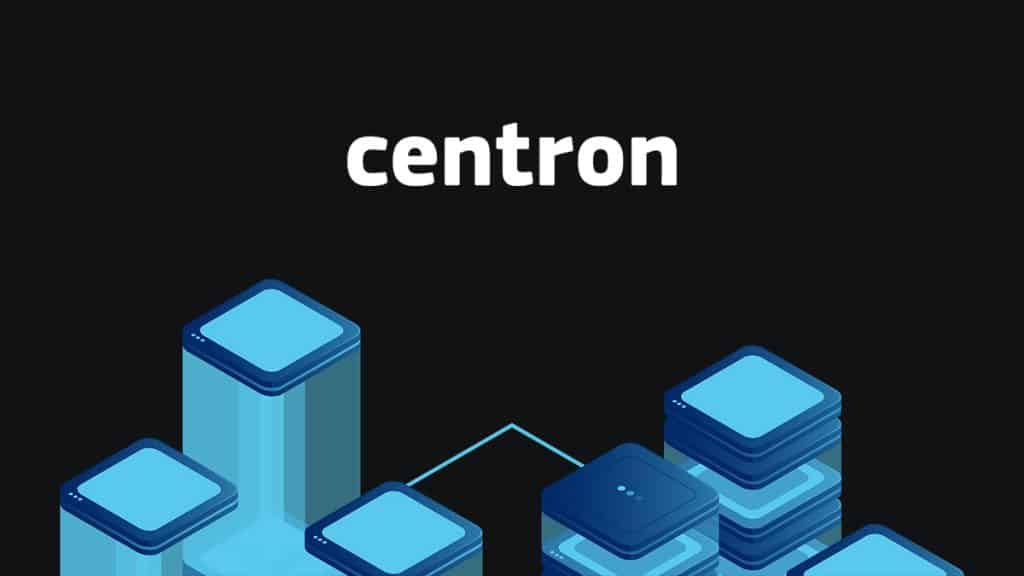Comprehensive Guide to Installing and Using GulpJS
GulpJS serves as a toolkit designed to automate tedious and repetitive tasks within your development workflow. This tool is capable of automating processes such as minification, obscuration, compiling, and much more.
Essential Requirements
Begin by configuring a non-root user with sudo privileges. Refer to the provided guide for detailed instructions.
Install build-essential Package
$ sudo apt-get install build-essential
Install curl Utility
$ sudo apt-get install curl
Installation Steps
Installing NodeJS and NPM
Update and upgrade the current packages on your local system.
$ sudo apt-get update
$ sudo apt-get upgrade
Install the most recent stable release of NodeJS.
$ curl -sL https://deb.nodesource.com/setup_13.x | sudo -E bash -
$ sudo apt-get install -y nodejs
Confirm the successful installation of NodeJS and NPM.
$ node -v && npm -v
v13.11.0
6.13.7
Installing GulpJS CLI
Install the GulpJS Command Line Interface globally.
$ sudo npm install -g gulp-cli
Verify the CLI installation.
$ gulp -v
CLI version: 2.2.0
Configuration and Setup
To utilize GulpJS alongside plugins, you must create a gulpfile.js and a package.json.
- gulpfile.js: manages configuration, piping, task execution, and plugin management.
- package.json: tracks project dependencies and their versions.
Navigate to Your Project Directory
$ cd /path/to/project/
Initialize an NPM Project
Create a package.json by running:
$ npm init
When asked for the package name, input gulpjs. Press Enter to accept all default values. You will then receive a summary:
About to write to /root/package.json:
{
“name”: “gulpjs”,
“version”: “1.0.0”,
“description”: “”,
“main”: “index.js”,
“scripts”: {
“test”: “echo \”Error: no test specified\” && exit 1″
},
“author”: “”,
“license”: “ISC”
}Is this OK? (yes)
Type yes and hit Enter.
Install Gulp and gulp-uglify Plugin Locally
npm install --save-dev gulp gulp-uglify
Creating a GulpJS Task
Create gulpfile.js
Create a gulpfile.js at the root of your project directory.
nano gulpfile.js
Define the Example Task
Import the required libraries and define a task called exampleTask.
const gulp = require('gulp'); // Import Gulp
const uglify = require('gulp-uglify'); // Import Gulp-Uglify for JavaScript minification
gulp.task('exampleTask', () => {
return gulp.src('/path/to/javascript/files/*.js') // Source JavaScript files
.pipe(uglify()) // Minify the files
.pipe(gulp.dest('/path/to/destination/')); // Output to destination
});
Verify the JavaScript Files
Ensure that there is at least one JavaScript file available at the specified source path.
$ ls /path/to/javascript/files/
file.js
Execute the Gulp Task
Run the newly created task.
$ gulp exampleTask
Working directory changed to ~
Using gulpfile ~/gulpfile.js
Starting 'exampleTask'...
Finished 'exampleTask' after 59 ms
Check the Output Directory
Confirm that the destination folder contains the minified file.
$ ls /path/to/destination/
file.js
Additional Resources
For deeper insights about gulp-uglify, visit https://www.npmjs.com/package/gulp-uglify.
Conclusion
By following this guide, you have successfully installed and configured GulpJS in your development environment. GulpJS streamlines your workflow by automating repetitive tasks like JavaScript minification, making your projects more efficient and maintainable. With the ability to define custom tasks and integrate powerful plugins such as gulp-uglify, GulpJS becomes an essential tool for modern web development. Continue exploring Gulp’s extensive ecosystem to further optimize and enhance your project pipelines.


